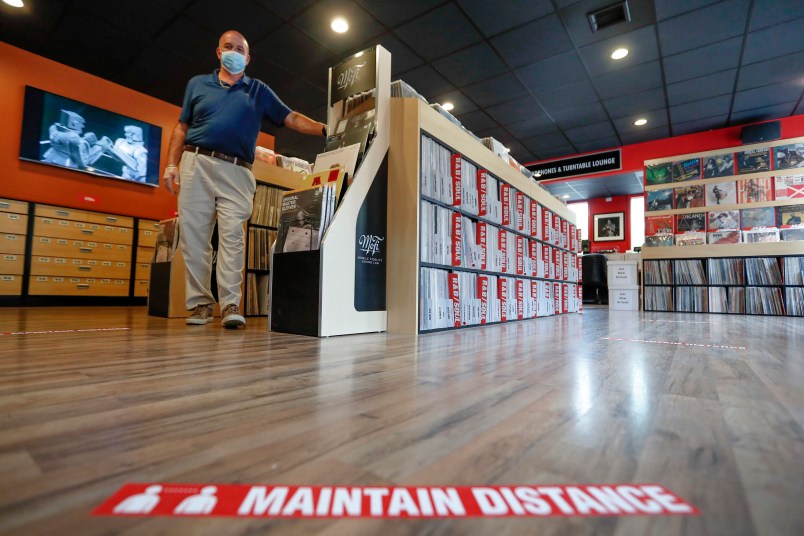There’s “no option” for more support for COVID-19 testing after June 30, the federal government told local officials in one Pennsylvania county, part of a pullback in support for testing sites around the country.
Montgomery County, Pennsylvania has received federal support for a testing site since March, allowing the Philadelphia suburb to provide access to tests for up to 250 people each day.
The county applied for an extension for the support, a spokeswoman told TPM, which allowed the site to continue operating through June 30 — but was told there would be no way for the site to continue operating past that date.
“We were specifically told when we got the May extension that it would end on June 30 with no option for an additional extension,” Montgomery County spokeswoman Teresa Harris told TPM in a statement.
The move comes in a county which set off alarm bells in early April after local officials said that the Trump administration was cutting off funding for the site.
“I am understandably disappointed that the supplies and federal contract for lab testing is ending just as we are heading into the surge here in southeastern Pennsylvania,” county commissioner Valerie Arkoosh said at the at the time.
Before reversing the policy after public outcry, HHS argued in April much what it argues now: that the end of federal support is part of a “transition” to state control.
“The transition will ensure each state has the flexibility and autonomy to manage and operate testing sites within the needs of their specific community and to prioritize resources where they are needed the most,” an HHS spokesperson said at the time.
The federal government has supported community-based testing sites by providing testing kits and signing contracts with laboratories and call centers so patients can be notified of their test results.
TPM reported on Tuesday that the Trump administration is letting support for the testing sites lapse at the end of the month, including in Texas, a state that has emerged as a hotspot.
But to replace that testing capacity in the county of 830,000, officials will be forced to dip into money granted under the CARES Act. That will cover costs, but ends up coming out of the locality’s overall budget.
“For now, we are paying with CARES funding and are awaiting the status of other funding, perhaps by the state,” Harris said. The county will instead create six new testing sites around the area to give residents access to testing.
HHS did not immediately return a request for comment. The agency has downplayed the importance of federal support for the community-based testing sites, saying that a separate program involving public-private partnerships would counterbalance any decrease in testing due to the loss of federal support.
According to Montgomery County Department of Public Safety Public Affairs Coordinator Todd Stieritz, “everything starts local, and everything ends local, pretty much.”
“And while you can request and hope for assistance from higher levels of government — whether it’s regional, or the county, or the federal government — you need to be somewhat self-sufficient, as well,” he added.
Matt Shuham contributed to this report.










